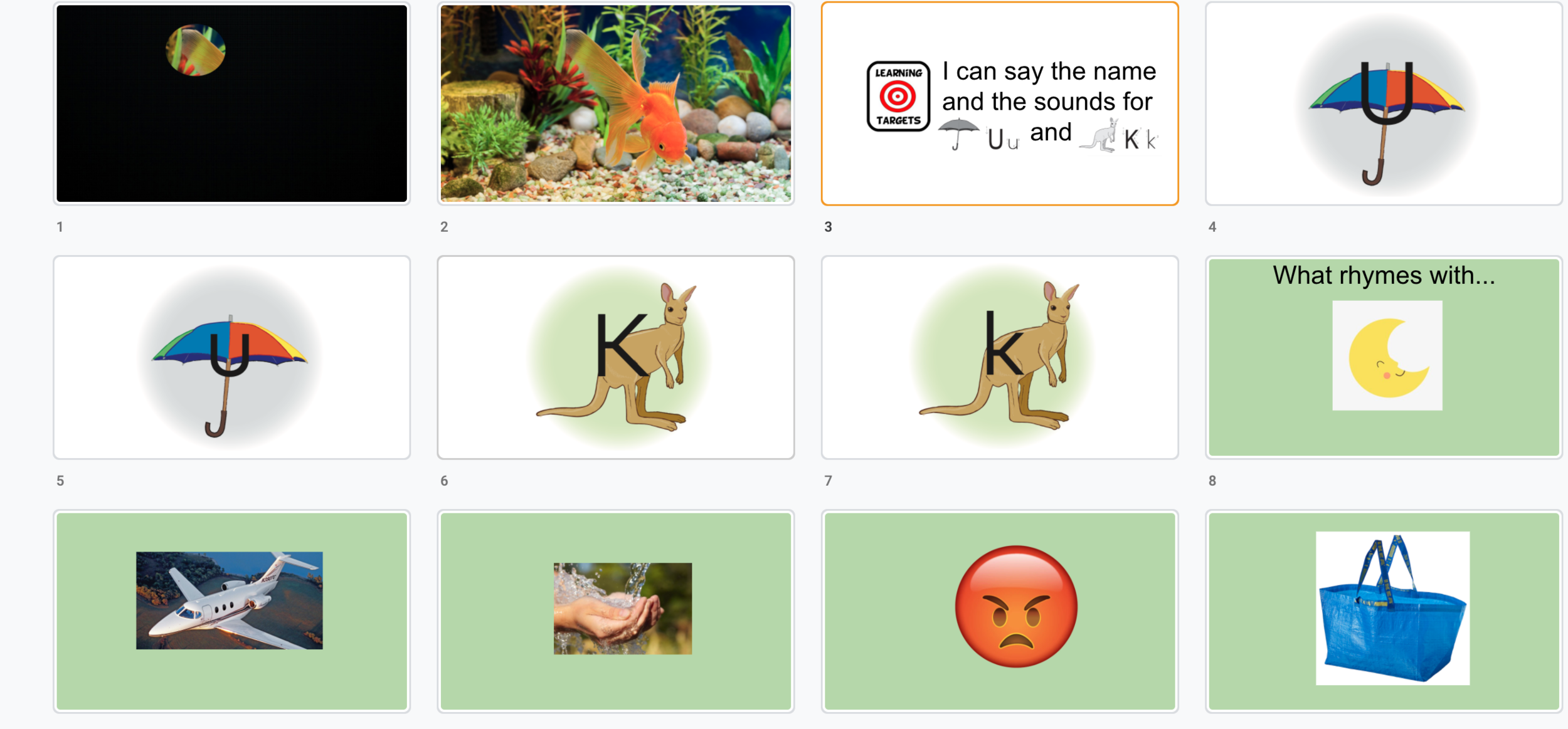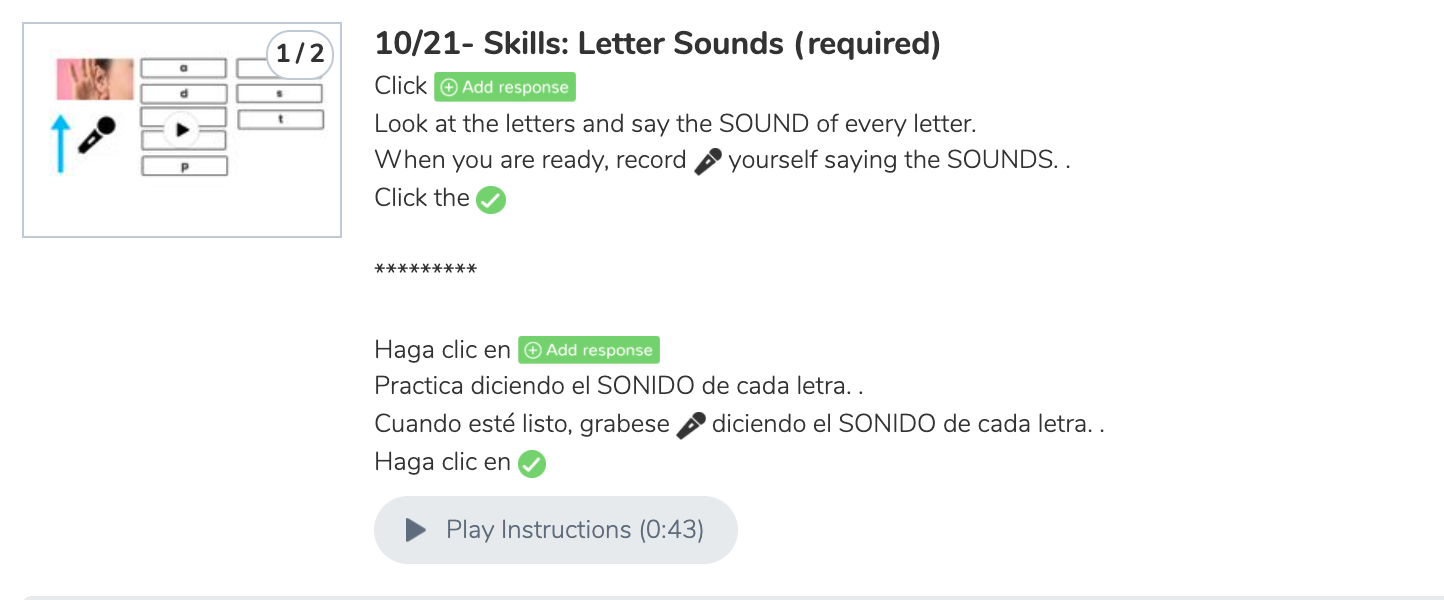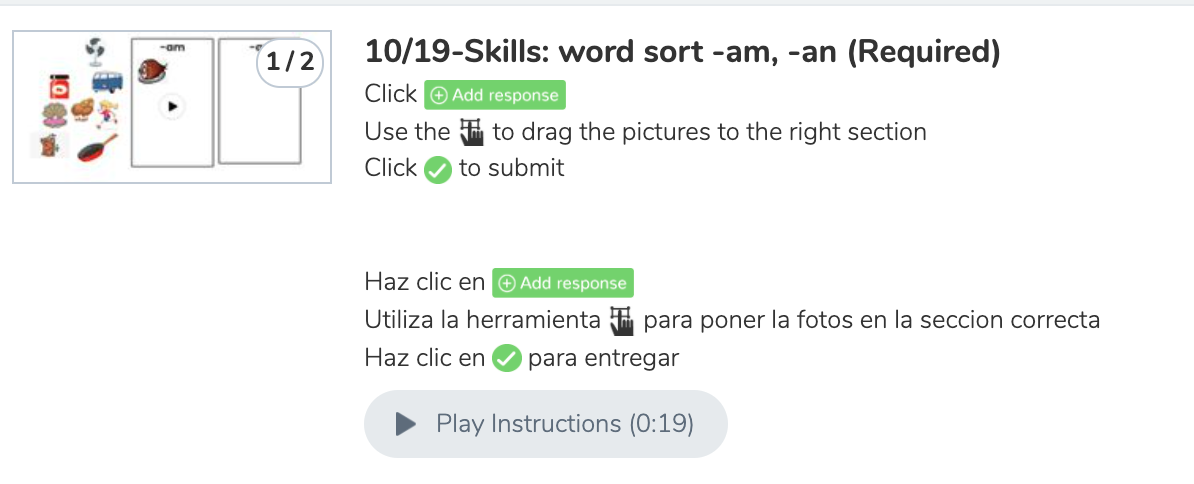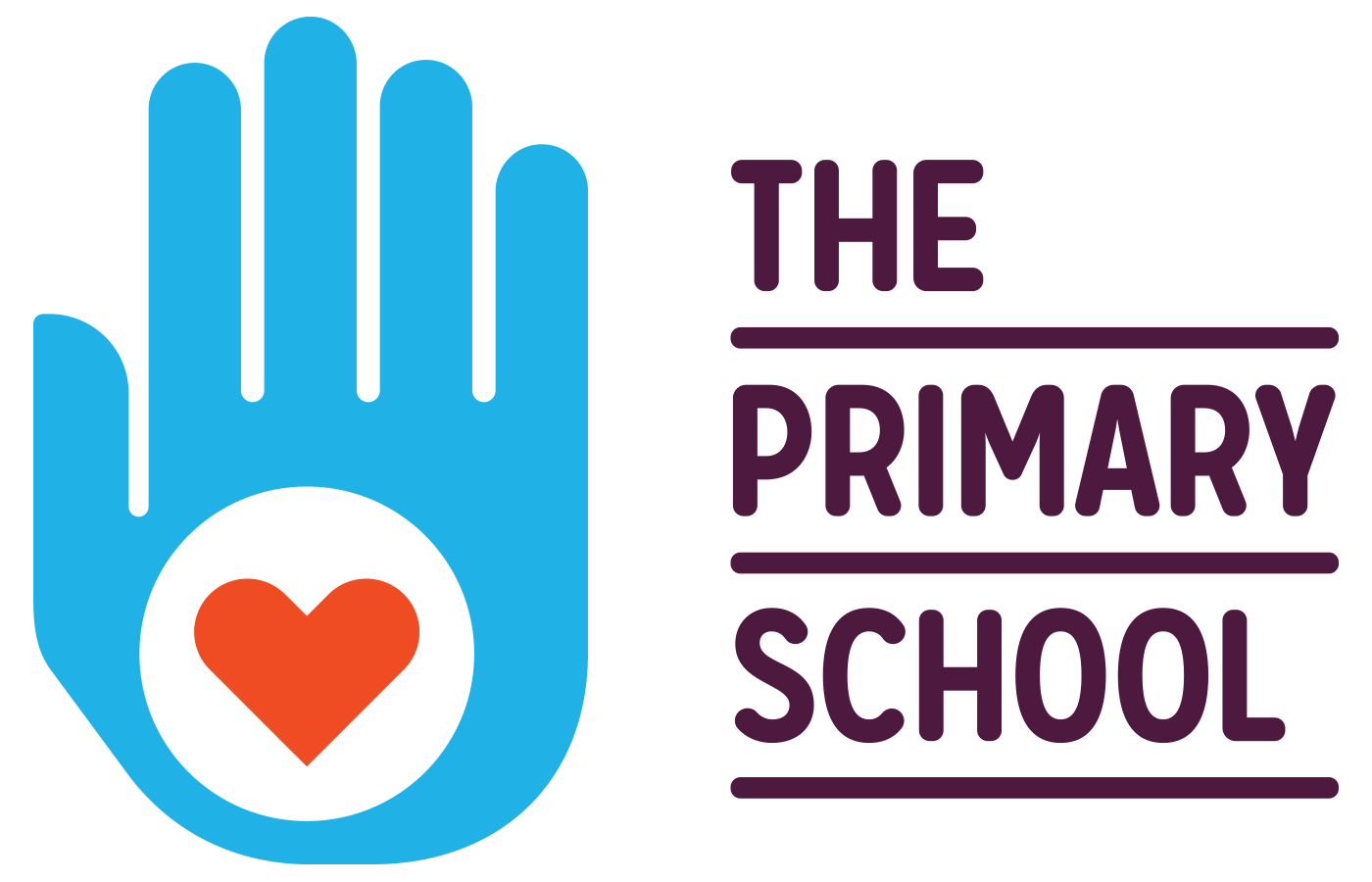Doubling Down on Literacy: Everyone Teaches Reading
By Meredith Liu, Co-Founder and Chief Design Officer, and Katherine Carter, Director of Curriculum & Instruction
COVID-19 is leading to significant educational learning losses across ages and subject areas. National projections have predicted COVID-related learning loss to be extreme based on “summer slide” data and that this learning loss will be greatest for students of color and students experiencing poverty. And we’re only eight months in: if the pandemic continues its expected months (or even years) long trajectory, we could be looking at historic educational disparities and learning losses that affect a generation of students.
Our youngest learners are particularly vulnerable to this impact. Our students in East Palo Alto are in preschool through third grade - meaning most are in the critical phase of learning to read. Even before the pandemic hit, we felt enormous urgency to ensure that all of our students continue to progress towards the critical 3rd grade reading milestone: a standard that researchers have correlated to high school graduation and long-term economic success.
We’re seeing the national predictions of COVID-related learning loss confirmed in our early fall data. The majority of our students lost ground in English Language Arts and math from March of 2020 to September 2020. This slide was undoubtedly related to the necessary rapid transformation into a fully remote learning model in the spring, which could not compete with the academic, physical, and emotional benefits of in-person school; and it was compounded by the summer learning loss that affects many students.
However, despite the major learning losses and challenges ahead with navigating COVID-19, we are rapidly innovating our remote learning model to magnify bright spots. In a year when it would be reasonable to focus on simply stemming learning loss, we became compelled to accelerate learning gains and ensure all of our students emerge from the pandemic as stronger readers.
Last winter, we shifted our literacy instruction approach to reflect what learning science tells us is the best way to teach reading. In February, we committed to structured literacy and decided to leverage the EL Curriculum. We began altering our curriculum maps, schedule, and assessment structure and sent our grade level chairs to professional development. A month later, COVID hit.
Example of one of our teacher’s literacy lessons on Seesaw, the remote learning platform we currently use.
Instead of completely scrapping our plans, we decided to redesign our new literacy approach so it would work with remote instruction and at-home parental learning support. An important part of the redesign process was gathering feedback from the people who would be most engaged in this work: parents and teachers. Throughout the summer, we held multiple feedback sessions with families and teachers to design a stronger, more developmentally appropriate remote learning plan. We combined these insights with proven strategies to increase reading gains, creating a more effective remote literacy program. We identified the following key design decisions:
Focus on individual literacy interventions. We allocated most of our remote learning time to individualized and small group reading instruction, instead of whole group instruction. The research on individualized tutoring is powerful and we’re betting on longer amounts of time in smaller groups to optimize gains. Early data is strong: in anticipation of learning loss, teachers provided individualized tutoring to a subset of students with identified literacy needs this summer (30 minutes, twice a week for five weeks). 55 percent of students made an impressive 12 weeks of growth in literacy from the intervention, meaning not only did they not experience summer learning loss, but they actually accelerated past typical school year growth.
Reallocate staffing to optimize reading instruction. To achieve this level of individualized support, we reallocated our staff. In short, everyone teaches reading, from our paraprofessionals to our art teachers. We have ramped up our staff training and coaching in literacy interventions. Virtual observations by our school leaders have already demonstrated high quality instruction from our newest reading teachers. And community members are stepping up. High school students in East Palo Alto, college students in our network, and community volunteers have joined us to do weekly, one-on-one reading sessions with some of our students.
Tailor strong curricula to the remote environment. Our early elementary teachers are tailoring the strong EL Education foundational literacy materials to fit our new remote world. In preschool, our teachers and staff have modified our curriculum developed in partnership with Sesame Workshop for a remote environment and have also incorporated the language/phonics development of Atlanta Speech School’s Cox Campus.
Support parents as teachers. Families are always their child’s first teacher; however, remote learning has made this role even more demanding. We are deepening our partnerships with families to support their children’s learning and introducing them to our new literacy approach and why it matters. This month, at our first Children’s Circles (The Primary School’s version of a parent-teacher conference), we will set specific at-home literacy goals with parents, which will be supported by both our teachers and our parent coaches. These at-home literacy practices will be personalized for each child based on the skills they need to achieve growth in reading and writing.
The necessity of remote learning has not changed our understanding of what most children need to learn to read, but it has dramatically altered the structures of how, when, and where we deliver that instruction. As we look ahead to a post-COVID environment, we are beginning to think about how to strengthen our long-term teaching practices and retain some of the innovations and insights that the pandemic has unearthed. Remote learning will never be a replacement for in-person early childhood and early elementary learning, but we hope it can still provide new and unexpected insights for extending learning beyond traditional classroom hours, practices, and walls.
LITERACY RESOURCES AND ARTIFACTS





